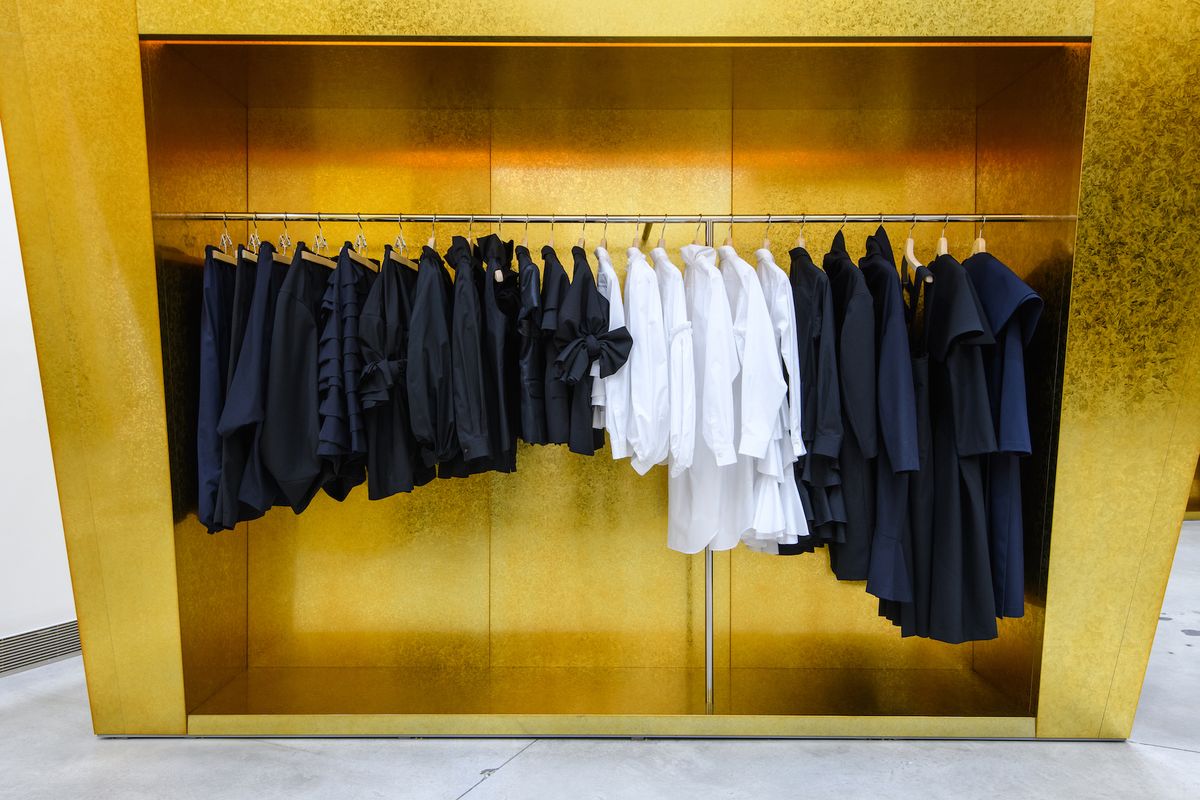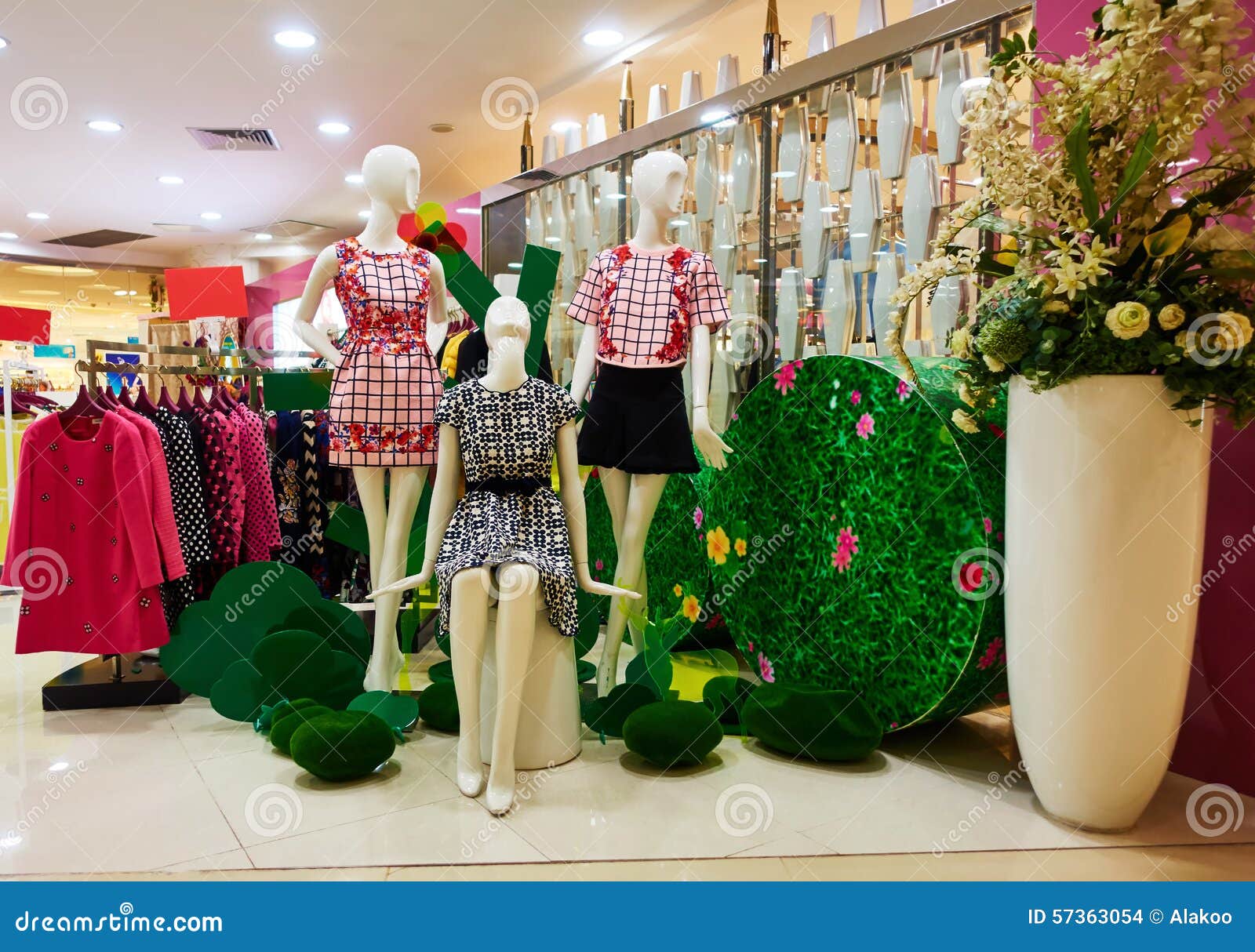Checking out the World of Lasting Boutique Fashion Brands
Checking out the World of Lasting Boutique Fashion Brands
Blog Article
Checking Out the Advancement and Influence of Clothes on Modern Fashion Trends
The evolution of clothing has substantially affected modern fashion fads, merging historical precedents with sophisticated advancements. Iconic figures like Coco Chanel and Yves Saint Laurent revolutionized the apparel industry by presenting ideas that prioritize comfort and ease of access, which remain to resonate today. Technological strides in areas such as 3D printing and clever textiles are redefining style opportunities and customer experiences (boutique fashion). In addition, the expanding focus on inclusivity and sustainability is reshaping market criteria. As we think about these complex influences, one have to doubt exactly how these components collectively redefine fashion's function in mirroring and forming contemporary society.
Historical Style Influencers
In the tapestry of style background, certain numbers have actually left an enduring mark, forming the fads and designs that define entire ages. Coco Chanel, an advanced developer, redefined women's fashion by presenting comfy, sophisticated clothes that departed from limiting corsets. Her famous Chanel match and little black dress have actually become timeless staples in wardrobes worldwide. In A Similar Way, Christian Dior's post-war "New Look" in 1947, with its event of femininity through full skirts and cinched waists, noted a return to luxury and has actually continued to influence developers.
Elsa Schiaparelli is an additional pivotal number, renowned for her avant-garde layouts that integrated surrealist art, collaborating with Salvador Dalí to produce wayward items that tested standard aesthetics. Her innovative use color and bold patterns resounds in modern style. Yves Saint Laurent, at the same time, democratized high fashion with prêt-à-porter collections, bringing runway styles to the masses and setting a criterion for contemporary ready-to-wear lines.
These visionaries, to name a few, not only transformed style in their times but also set enduring trends that reverberate in today's fashion sector, providing a foundation whereupon modern developers remain to innovate and develop. Their traditions emphasize the importance of creativity and daring in fashion's ever-evolving story.
Technological Advancements in vogue
Among the vibrant landscape of the garment industry, technical improvements stand at the forefront of development, reshaping exactly how developers develop and customers involve with fashion. The integration of 3D printing has transformed layout processes, making it possible for developers to experiment with complicated structures and sustainable materials that were formerly inconceivable. This modern technology promotes fast prototyping, decreasing waste and expediting manufacturing times.

Smart textiles, installing technology into fabrics, are likewise changing the sector. Innovations like self-cleaning and temperature-regulating textiles use enhanced functionality and comfort. Wearable innovation, incorporating functions like fitness tracking and communication, adds a brand-new dimension to fashion, combining aesthetic appeals with usefulness.
Cultural Shifts and Design
As technological innovations proceed to reshape the apparel industry, cultural shifts are similarly prominent, redefining design and customer choices. In recent times, the rise of social media systems has increased the circulation of international fashion trends, enabling diverse cultural impacts to coexist and converge. This digital interconnectivity has actually assisted in the rapid exchange of concepts, bring about a more diverse and inclusive interpretation of design that mirrors the complex nature of contemporary society.
Social awareness and recognition have i was reading this actually motivated designers to attract ideas from a broader spectrum of ethnic and historic contexts, incorporating traditional motifs with contemporary visual appeals. This fusion has led to style that resonates with a broader target market, advertising a sense of identity and belonging throughout various demographics. Additionally, the increasing need for personalization has driven brands to supply customizable choices, allowing customers to reveal individuality while mirroring their cultural heritage.
Additionally, changing social values have actually impacted style, with inclusivity and variety ending up being main themes. The market has started to welcome models and influencers of numerous body types, ethnic backgrounds, and sex identities, challenging conventional elegance criteria. This makeover underscores the power of social changes fit the future of style, as style comes to be a much more authentic expression of collective and personal identification.
Sustainability and Modern Layout
While the garment industry remains to evolve, the essential for sustainability has come to be significantly immediate, influencing modern layout techniques. This shift aims to resolve moral considerations and environmental concerns, causing a reevaluation of traditional manufacturing approaches. Designers are now incorporating sustainable products, such as natural cotton, recycled polyester, and biodegradable textiles, into their collections, reducing the ecological impact of style. The rise of sluggish style, which highlights top quality over amount, motivates customers to buy ageless pieces instead than short-term patterns.
Additionally, modern layout is defined by its innovation in reducing waste and promoting circularity. Methods such as zero-waste pattern cutting and 3D knitting are obtaining traction, allowing designers to create garments with marginal fabric wastage. In addition, brands are embracing transparent supply chains, click here for info making certain responsibility and promoting consumer trust. This method not only reduces environmental effect however additionally boosts the social responsibility of style homes.

Future Trends in vogue

Sustainability will remain to be a driving force in forming future style fads. The sector is progressively taking on green products and moral manufacturing techniques, reacting to a growing customer demand for accountable methods. Developments such as bio-fabricated products and closed-loop recycling systems are set to redefine just how clothing is created and consumed, lowering environmental influence while keeping design and quality.
Social changes, including the rise of inclusivity and diversity, will likewise play a crucial role. As culture comes to be a lot more knowledgeable about social problems, fashion is expected to end up being a system for expression and adjustment. Designers will likely concentrate on creating collections that mirror a broader variety of experiences and identifications, championing representation and accessibility.
Conclusion
The development of garments dramatically influences modern style fads, where historical influences combine with modern designs. Key figures like Coco Chanel and Yves Saint Laurent have redefined design, while technical advancements such as 3D printing More hints and clever textiles increase innovative opportunities. Social shifts towards inclusivity and sustainability urge brands to adopt honest methods and welcome variety. This ongoing development highlights fashion's function as a mirror to societal worths and technological improvement, suggesting a future abundant with advancement and inclusivity.
The advancement of clothes has actually substantially affected contemporary style trends, combining historical precedents with advanced developments.Among the dynamic landscape of the style market, technical innovations stand at the leading edge of development, improving how developers develop and consumers involve with fashion.While the style sector proceeds to progress, the necessary for sustainability has become significantly immediate, influencing modern-day design practices. As sustainability becomes embedded in modern-day design, it leads the method for a more aware and responsible style market.
The development of garments dramatically impacts modern-day fashion fads, where historical impacts combine with contemporary styles.
Report this page